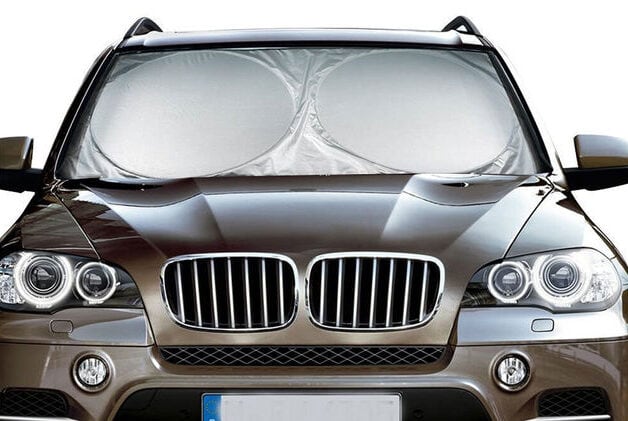Car and heat: tips for your protection
The announced high temperatures quickly lead to heat in the car, which can be fatal for humans and animals. In the blazing sun, a car quickly heats up to 80 degrees. TCS expert Reto Blättler explains what motorists should watch out for in hot weather. If you leave a car in the blazing sun, [...]
TCS expert Reto Blättler explains what motorists should look out for in hot weather.
If you leave a car in the blazing sun, it can heat up to 50 degrees after just a few minutes. After an hour, temperatures can even reach 80 degrees.
Outside temperature fluctuations and changing solar radiation can heat up a vehicle even more. The outer shell, dashboard and seats also become so hot that you can get burned just by touching the surfaces.
From 40 degrees Celsius it becomes dangerous
Most people underestimate that after just a few minutes in the scorching sun, it can become extremely hot in the car and critical for people and animals.
Staying in the car becomes dangerous from 40 degrees Celsius. Various TCS tests have shown which measures really help to reduce the heat in the car and what can be done to reduce health risks.
In addition, there are also a few points to consider when maintaining the car.

Good effect of solar control film
Various TCS tests have shown that, in addition to parking in the shade, sun protection films in particular have a positive influence on the measured temperatures in the car.
For example, 77 degrees Celsius were measured on the dashboard of vehicles that stood in the sun for an hour without sunscreen film. In vehicles with sun protection film, the temperature was up to 40 degrees lower.
Contrary to popular belief that the color of the car's paint has a major influence on the interior temperature, tests showed that the difference in this respect is only slight. Although dark cars heat up faster than light ones in the first 20 minutes, the final temperature differs by only a few degrees Celsius.
Open window panes bring little
Slightly opened window panes fail to have the hoped-for cooling effect. In the test, a difference of only two degrees Celsius was measured in the interior over a period of 30 minutes. When driving, however, completely open windows contribute considerably to cooling the interior within a short time.
Skin burns and damage
Stops in closed vehicles that are not cooled and exposed to direct sunlight should be avoided. Children and animals should also not be left behind for short stops.
Skin burns and damage can occur from as little as 45 degrees within a few seconds. Therefore, be careful when getting in and touching seats, steering wheel or gear lever
Ventilate briefly before boarding the vehicle
The difference between an air-conditioned interior and the outside temperature should not exceed six degrees. Larger temperature differences can stress the organism and lead, for example, to a cold.
Effects of heat on vehicles
For modern cars, temperatures like those we have in Switzerland at the height of summer are no problem, provided the car is in safe operating condition. If water or oil is missing, for example, the engine can overheat.
It is therefore advisable to check the oil and coolant levels regularly, especially in summer. If the engine light comes on, you should stop as soon as possible and call roadside assistance. Two additional kilometers are often enough here to provoke engine damage, which in turn can lead to high costs.









